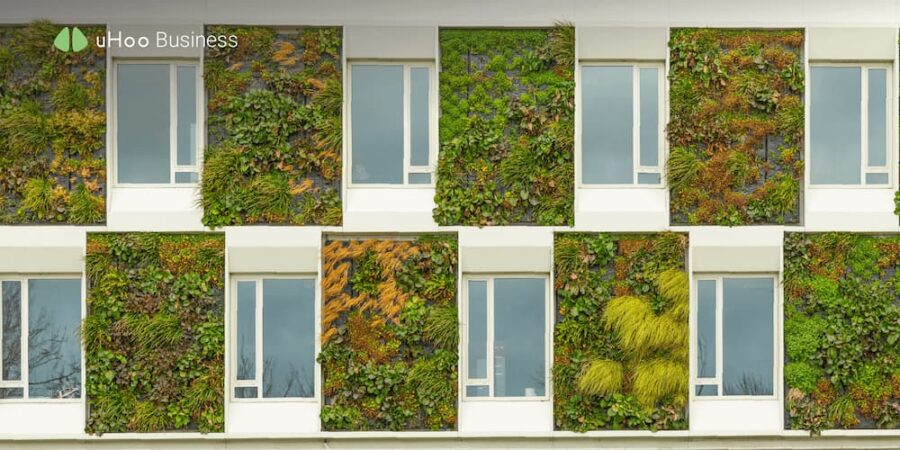In a time where sustainability isn’t just trendy talk but a smart business move, commercial real estate is in the midst of a major makeover. Owners and developers are hustling to infuse eco-friendly elements into their properties more than ever before. This includes both new properties and revitalizing older properties into eco-friendly spaces.
Going green isn’t just about saving the planet and supporting global efforts to fight climate change—it’s a goldmine for commercial properties. When strategies for revitalization are aligned with the Leadership in Energy and Environmental Design (LEED) certifications, these initiatives represent a powerful approach to modernizing and designing buildings. Think of green features as a smart investment in the future of real estate.
Revitalization Strategies
The “greening” of commercial real estate involves a comprehensive strategy that often begins with the integration of energy-efficient systems and renewable energy sources. Primary features being adopted include the use of:
- Solar panels
- Energy-efficient lighting
- Better HVAC systems
- Green roofing
- Smart IAQ sensors
- Better ventilation
- Water-efficient fixtures
Making sure indoor spaces are top-notch isn’t just a nice-to-have feature—it’s a must. Having advanced tech and sprucing up spaces isn’t just about saving energy. It’s about keeping folks healthy and happy under the roof. Safeguarding the health and well-being of the building’s occupants is paramount.
Green Feature Benefits
The profitability of green initiatives in commercial real estate make it attractive to tenants and investors. The benefits of incorporating green features into commercial real estate are multifaceted. Let’s check them out below:
Lower Consumption and Costs
Green features significantly reduce operational costs by lowering energy consumption and water consumption. This makes properties more attractive to prospective tenants who are not only looking to cut costs but are also increasingly environmentally conscious.
Premium Rent and High Occupancy
Buildings with green certifications, such as LEED, often enjoy higher occupancy rates and command premium rental and sale prices due to their demonstrated commitment to sustainability and occupant health.
Good Public Perception
Properties with green features contribute positively to their occupants’ public image. Companies housed within such buildings are often viewed as responsible corporate citizens, a perception that can bolster brand image and customer loyalty.
Occupant Well-Being
Green buildings aren’t just about being eco-friendly; they’re about creating spaces where people flourish. With better air quality and healthier environments, occupants feel better, work better, and take fewer sick days. It’s a smart move for property owners and their commercial tenants, adding value and well-being to every square meter.
Impact of IAQ Monitoring on Property Value
A key component of the green transformation in commercial real estate is the emphasis on indoor air quality (IAQ). Advanced IAQ monitoring is crucial in this context, as provided by systems like uHoo Aura. These systems measure a wide range of air quality indicators – from CO2 levels to volatile organic compounds and particulates – and offer actionable insights to optimize the indoor environment.
The presence of such technology in commercial buildings significantly enhances property value. It demonstrates a forward-thinking management approach focused on sustainability and well-being, aspects highly valued in the contemporary market. Furthermore, IAQ monitoring supports compliance with various green building standards, including LEED, thereby further increasing the property’s attractiveness and profitability.
Conclusion
Revamping commercial real estate with eco-friendly features is like hitting a trifecta for Mother Earth, property moguls, and tenants alike. When buildings embrace sustainability with cool tech like super-smart air quality monitoring, they’re not just scoring green points—they’re boosting their bottom line and edging out competitors in the market. It’s a power move that shows how the commercial real estate game isn’t just about profits; it’s about paving the way for a greener, brighter tomorrow where business success and environmental care go hand in hand.

